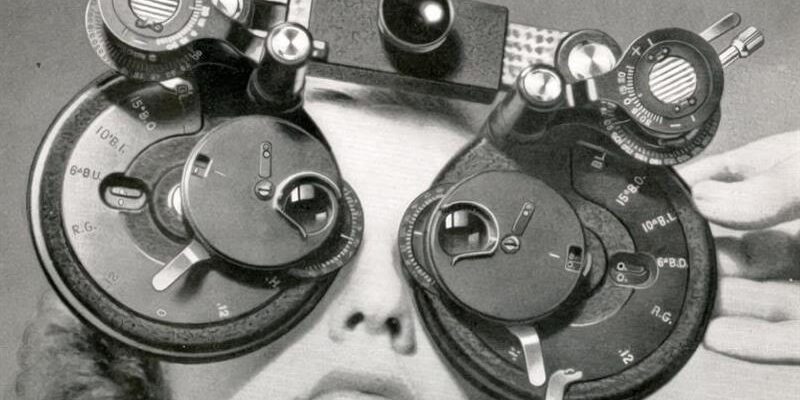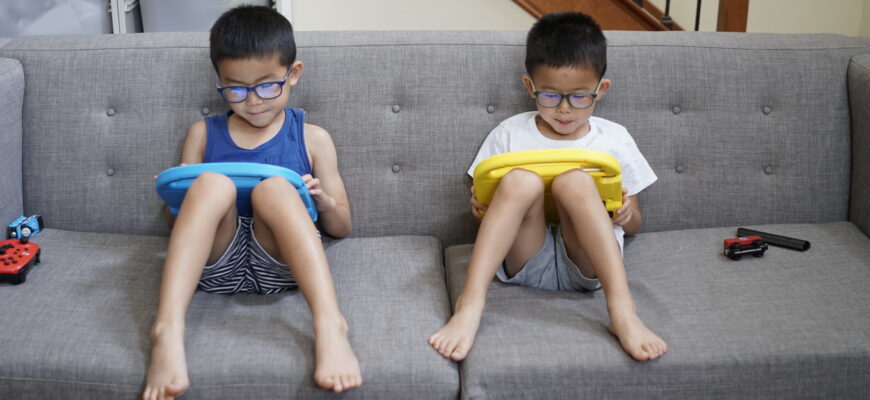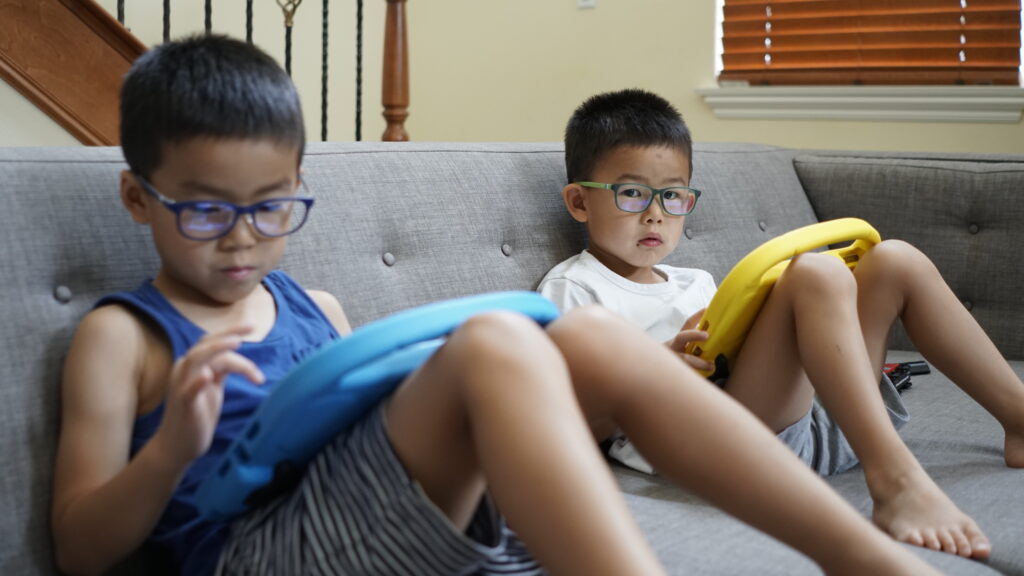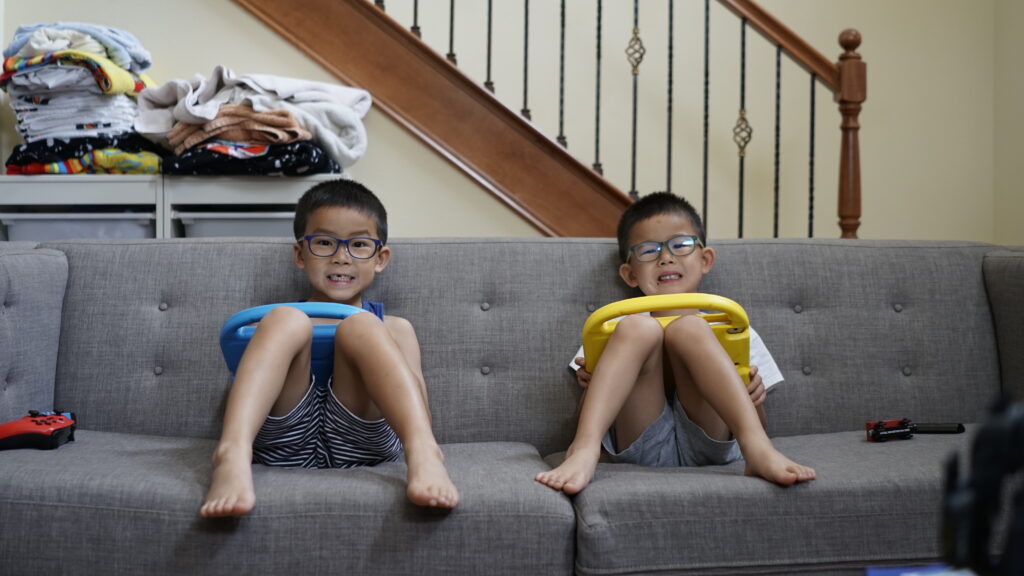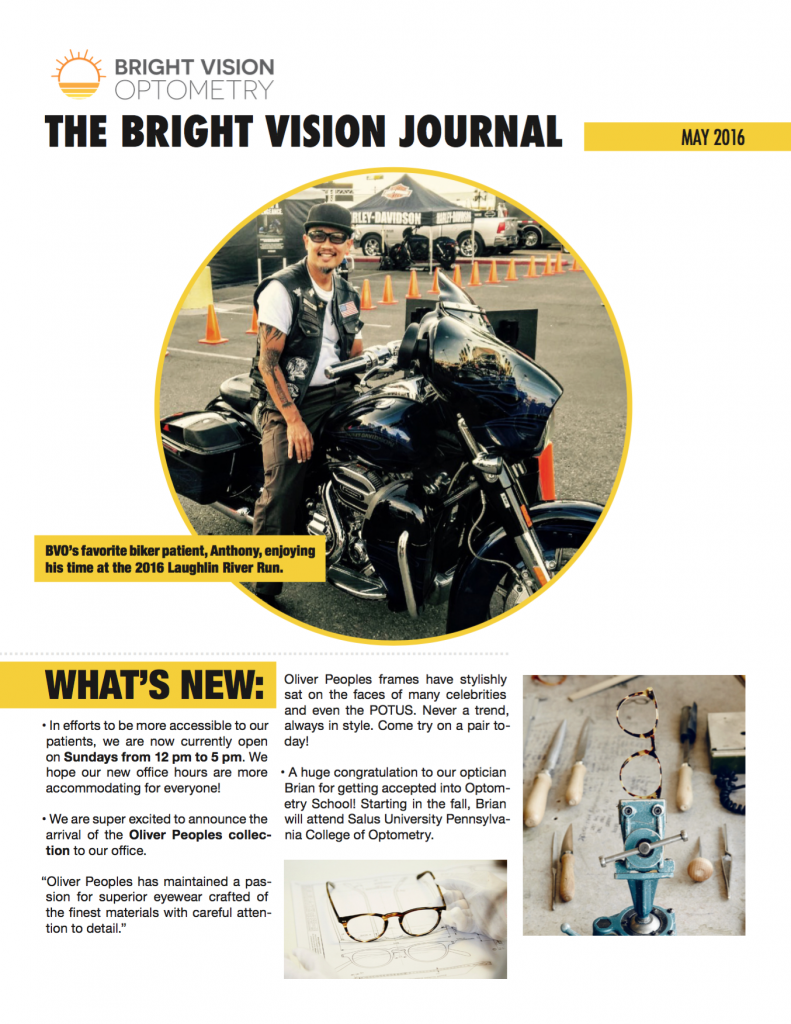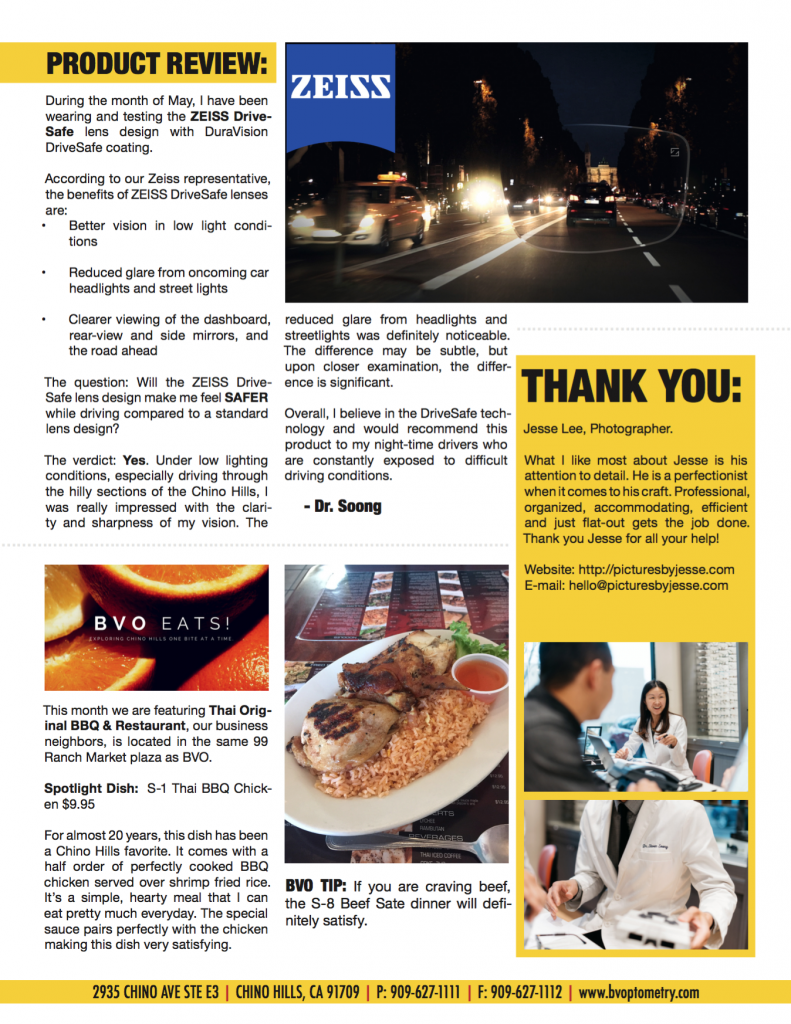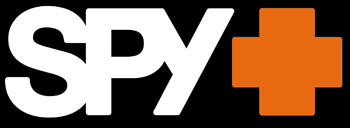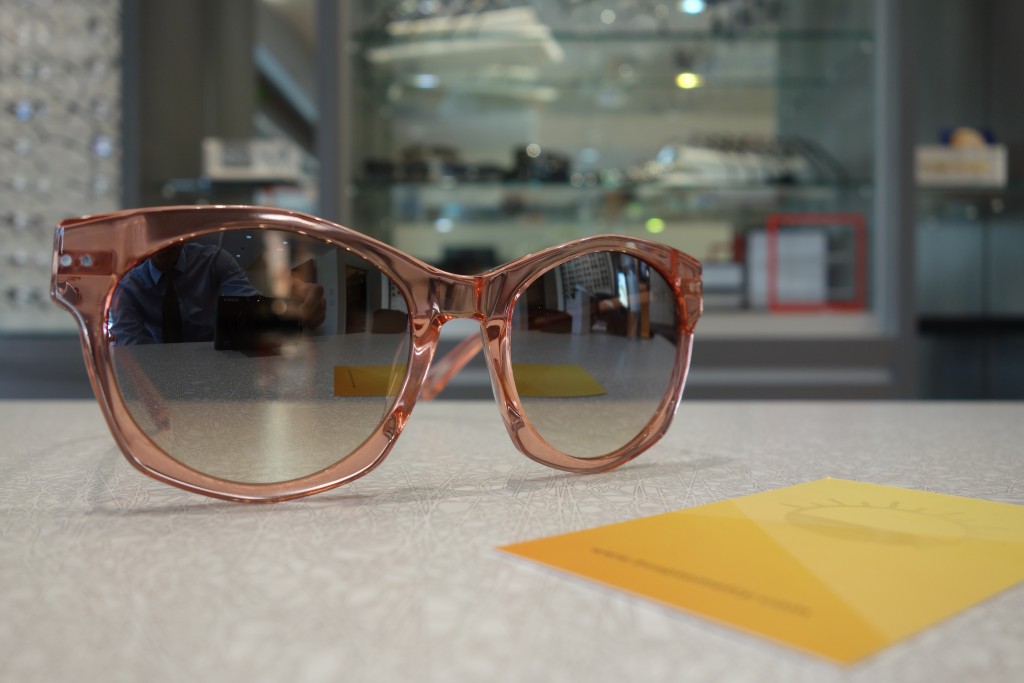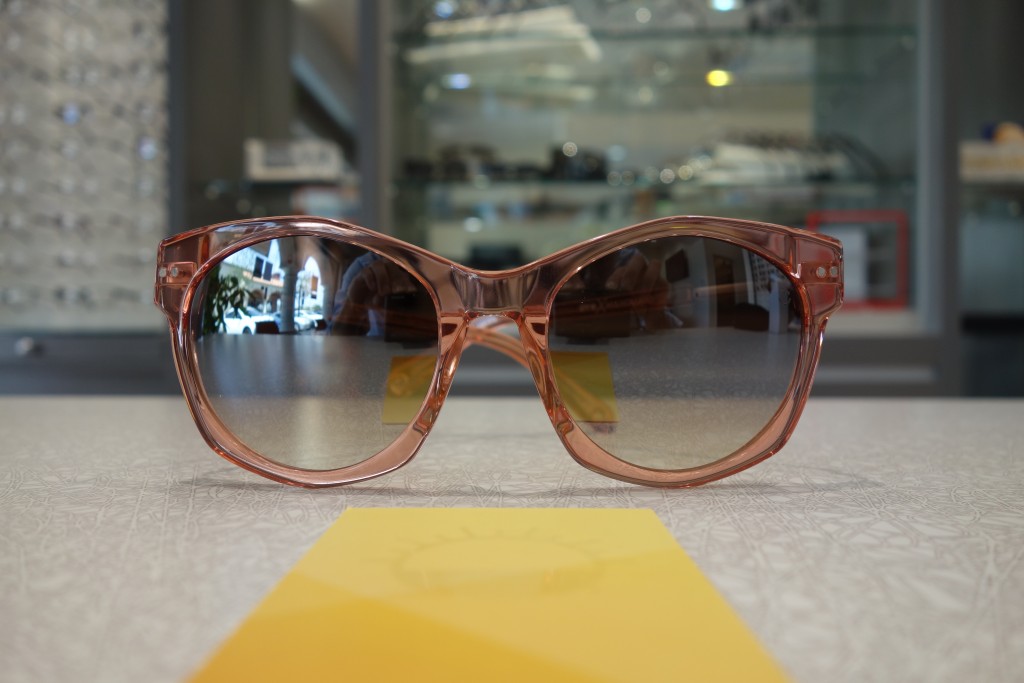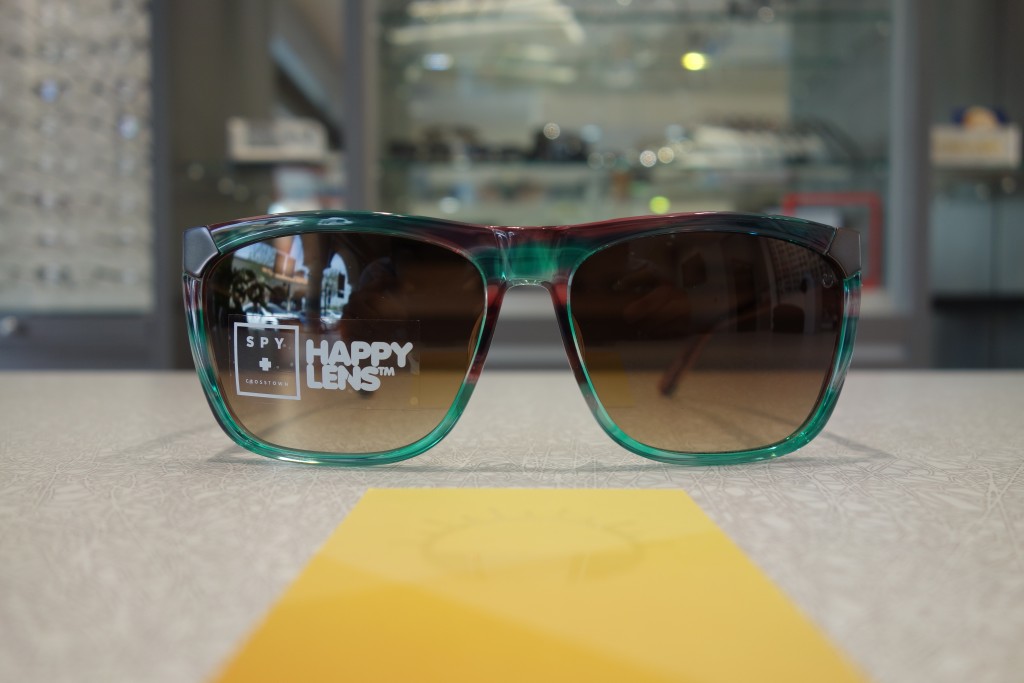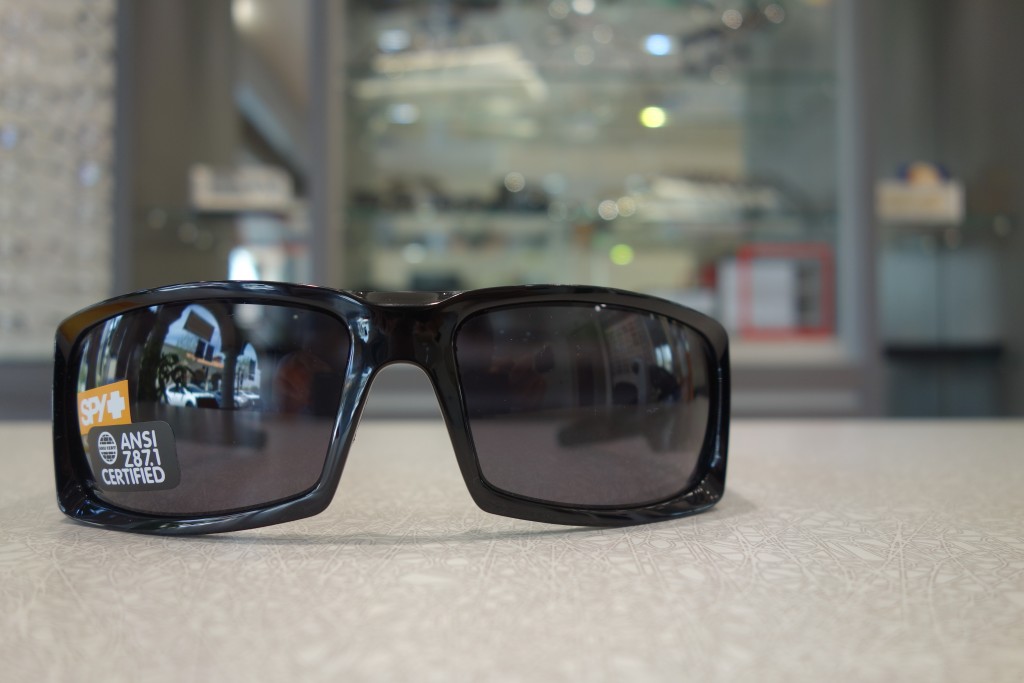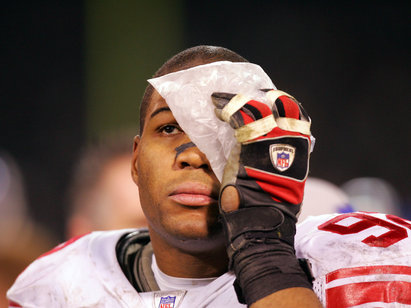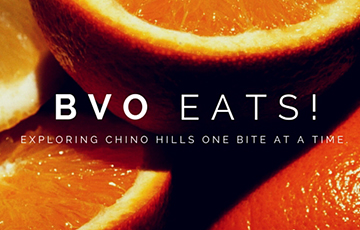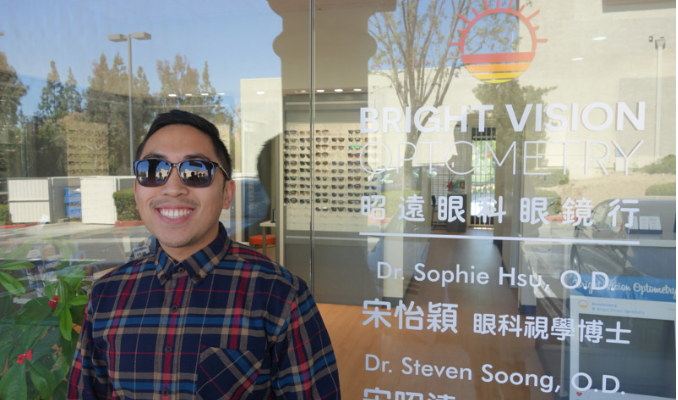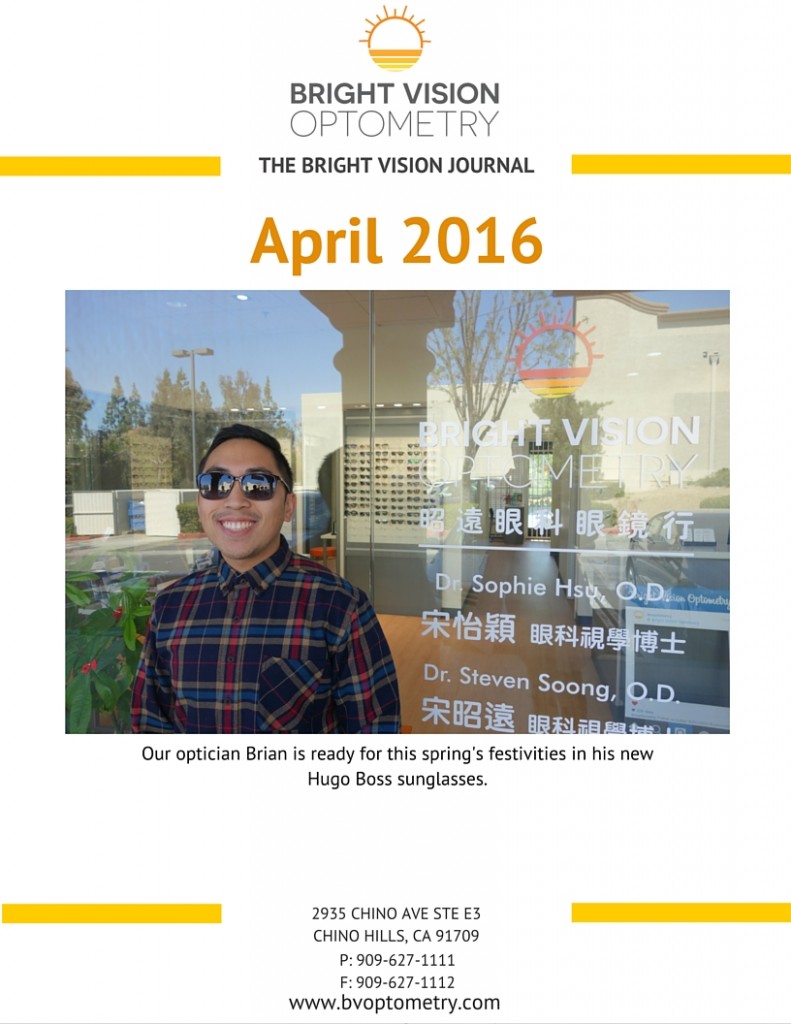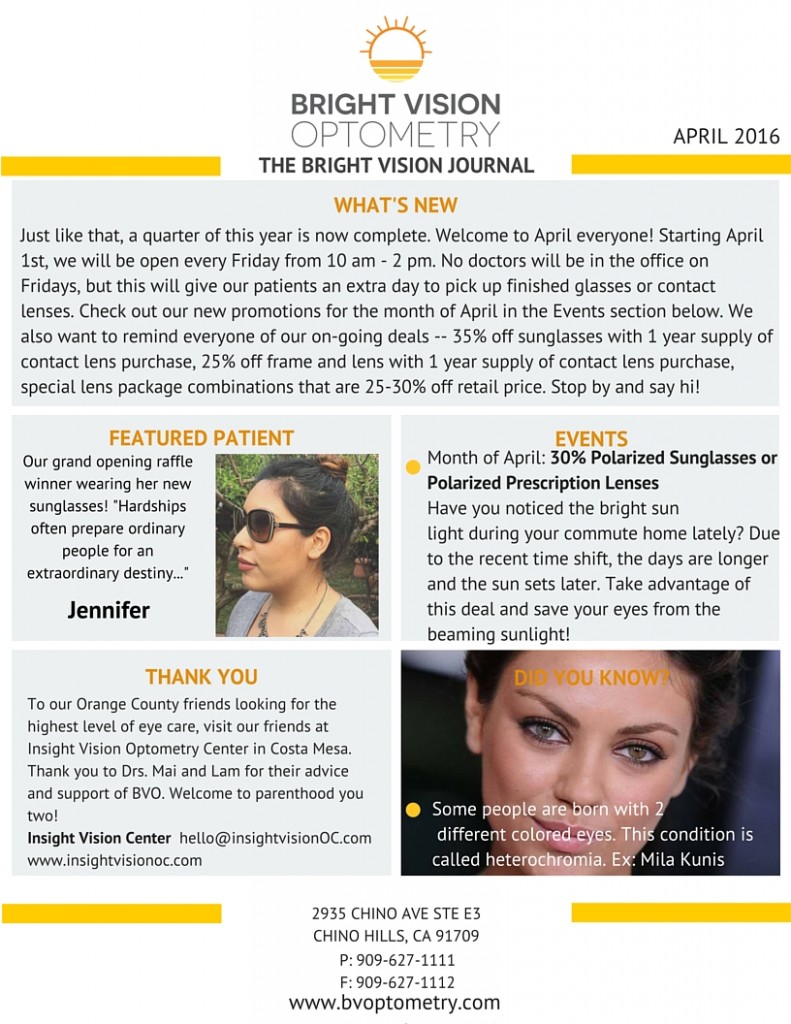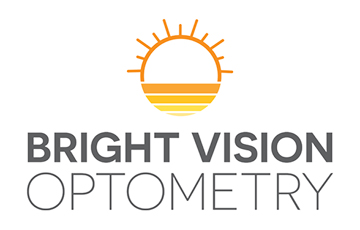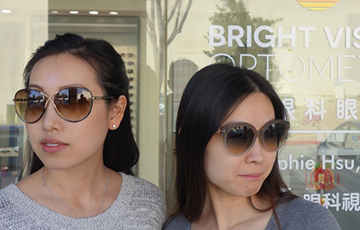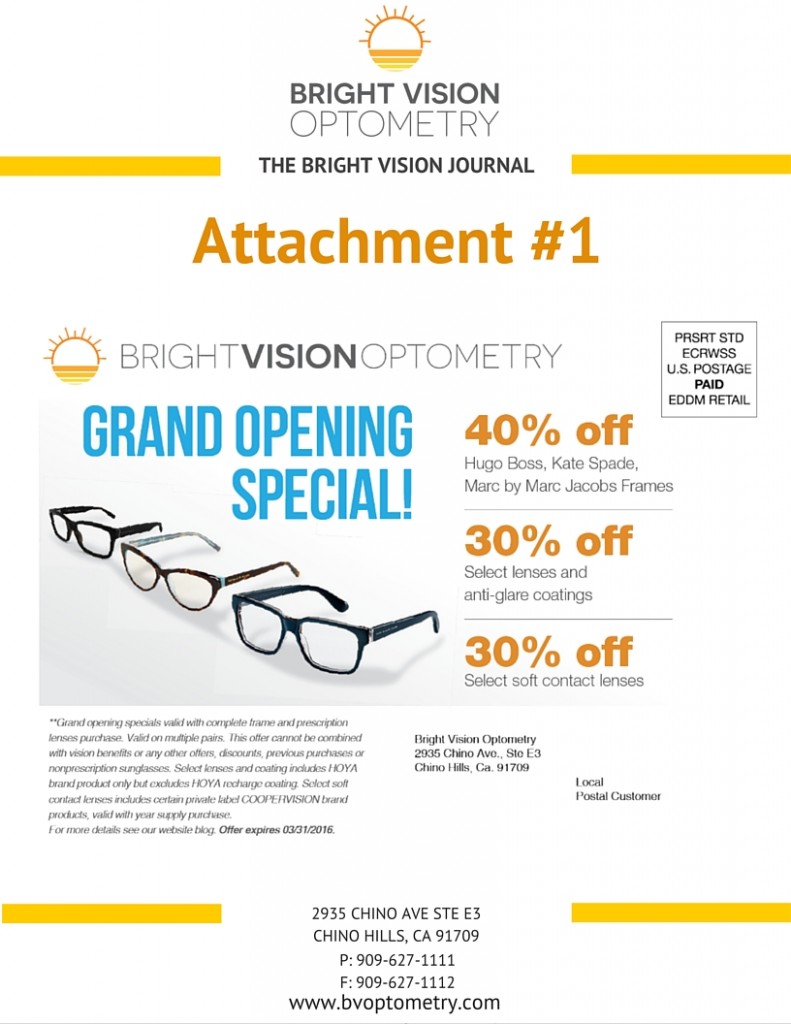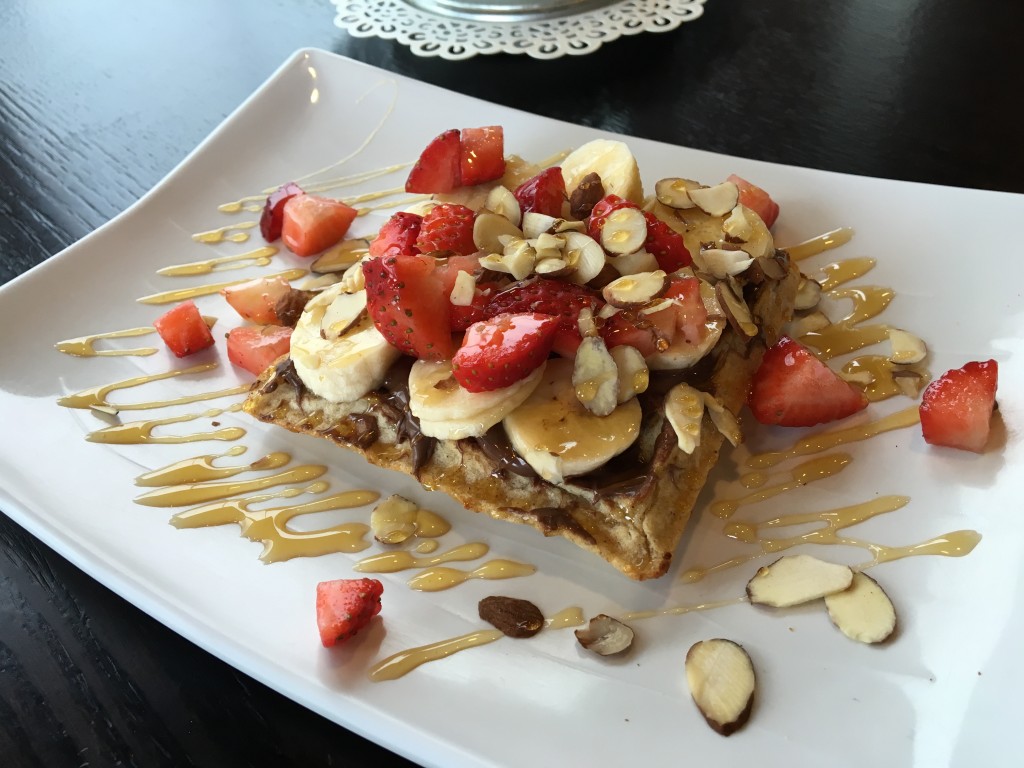Did you know that the American Optometric Association (AOA) recommends everyone to get their first eye exam by the time they are 6 months old? By this time, most of our eye’s anatomy and essential visual functioning are developed. Any abnormalities that arise during this time may negatively impact one’s vision for the rest of their life, but early detection and treatment may reduce the risk of that happening. Listed below are the recommended frequency for eye exams by age:
- 6 Months Old: First eye exam
- 3-5 Years Old: Second eye exam
- 6-17 Years Old: Every 1 year
- 18-39 Years Old: Every 1-2 years
- 40-64 Years Old: Every 1-2 years
- Reading glasses will be needed, even if you’ve had 20/20 vision for your entire life.
- 65+ Years Old: Every 1 year
Everything You Need to Know About Vuity™ Eye Drops
It is important to note that these recommendations are for people whose eyes and bodies are generally healthy (no diabetes, high blood pressure, high cholesterol).
For infants, it’s important to get an eye exam to ensure that everything is developing properly in the eye. If not, certain conditions such as amblyopia (reduced vision due to poor development and visual stimulation), strabismus (misaligned eyes that can cause people to see double), and congenital cataracts (opacity in the eye that makes it difficult to see) may go about undetected. The later these conditions are detected, the more devastating their impacts on vision and quality of life may be.

For children, it’s important to get an eye exam to ensure that their vision is not impacting their academic performance. Certain binocular vision disorders, such as convergence insufficiency and accommodative insufficiency, may cause children to feel fatigued when reading or doing schoolwork. Feelings of headache, eyestrain, double vision, and pain that result from these conditions may become associated with schoolwork, making them develop an aversion to schoolwork. As a result, they may be misdiagnosed with a learning disorder, when in reality, their binocular system is making it harder for them to learn. Thankfully, these conditions may be treated with vision therapy.
Another condition of concern around this age is myopia, which is the inability to see distant objects clearly. Children with myopia may have trouble reading what their teacher is writing on the board, especially if they sit in the back. As a result, they may not be able to grasp every concept that is taught, simply because they are not able to see clearly.
In addition, myopia tends to develop and progress rapidly during this stage of life. Treatments to slow the progression of myopia, such as Orthokeratology, MiSight, and Atropine, are most effective during this period. In addition to providing clear vision, these treatments reduce the risk of complications that result from having high myopia, such as retinal detachments and myopic macular degeneration.
For adults, it’s important to get an eye exam to ensure that no ocular diseases, such as glaucoma, diabetic macular edema, or hypertensive retinopathy are present or at risk of developing. During this stage of life, our goal as optometrists is to ensure that your eyes are healthy and able to see clearly. If we suspect that you may be at risk of developing a condition, our goal is to monitor your eyes so we can detect and treat them as soon as possible. The earlier conditions are detected and treated, the less likely it is for these conditions to cause impaired or complete vision loss.
Certain age-related conditions, such as presbyopia (hardening of the lens that comes with age) and cataracts (clouding of the lens) are expected to arise at this time, both of which make it difficult to see clearly. As optometrists, we have the ability to prescribe and refer for both of these conditions, equipping you to see clearly once again.
For contact lens wearers, it’s important to get an eye exam done every year to ensure that your contact lens is offering more benefit than harm to your eye. Certain diseases, such as Microbial Keratitis (eye infections from contact lens wear), are more likely to develop in contact lens wearers. If it is allowed to progress, Microbial Keratitis may cause permanent vision loss. Given that contact lenses are a medical device that is placed directly onto your eye, it is our job as an optometrist to ensure that it is not compromising the health of your eye for the sake of clear vision.
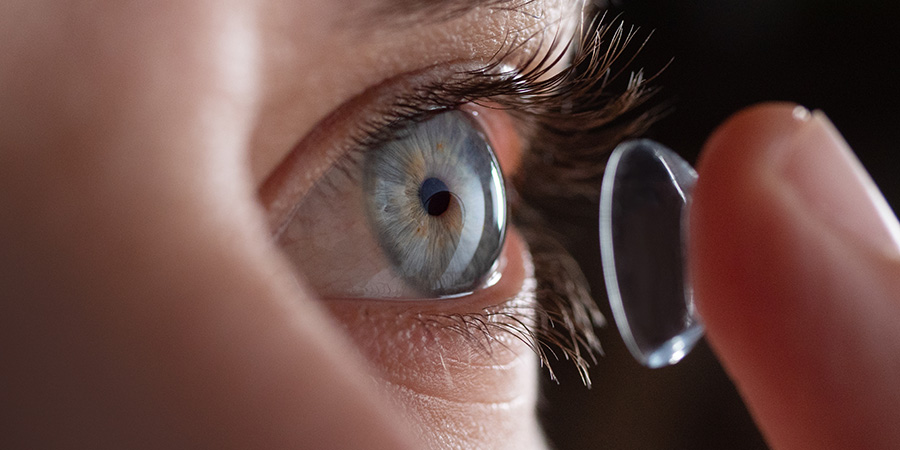
At the end of the day, the profession of optometry encourages everyone to get a comprehensive eye exam done at a clinic at least once a year. Compared to applications that offer at-home refractions, an in-office comprehensive eye exam evaluates your eye health, prescription status, systemic health, and family history to ensure that you are not at risk of developing conditions that may be visually devastating. The latter is especially important, as certain ocular diseases are more likely to occur if you have a family history of it. Moreover, certain ocular diseases result from systemic conditions, such as high blood pressure, diabetes, and high cholesterol.
If you have any questions or are interested in scheduling a comprehensive eye exam with us, you are more than welcome to text or call us at 909-627-1111. We would love to help you out!
call or text Bright Vision Optometry: (909)627-1111
schedule your next appointment online: CLICK HERE
the content on this blog is not intended to be a substitute for professional medical advice, diagnosis, or treatment. please seek the advice of qualified health providers with questions you may have regarding your medical or vision conditions.
Bright Vision Optometry is a family-owned & operated optometry office located in Chino Hills, CA 91709
